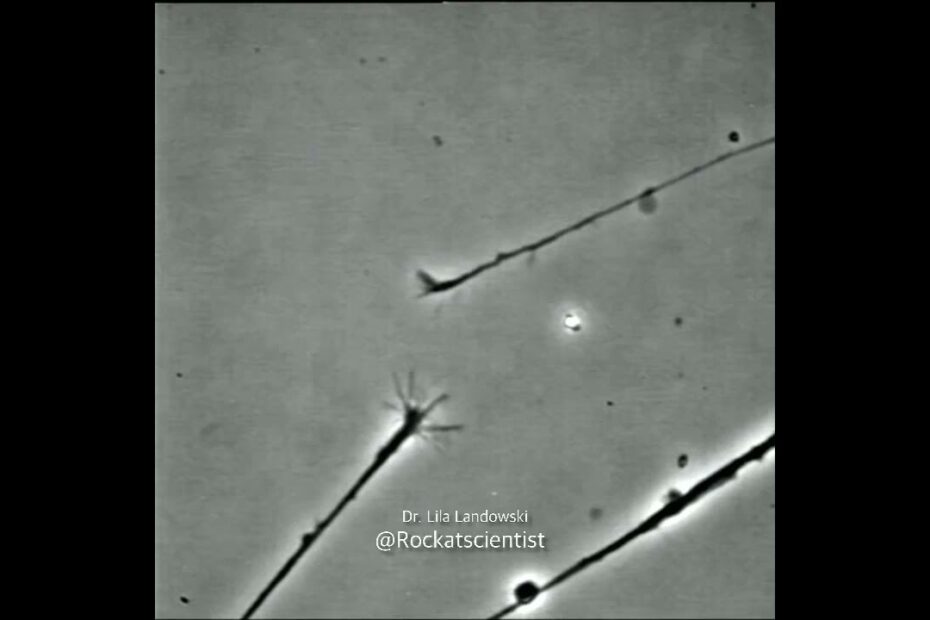Why Learning Occurs When A Connection Or An Association Is Made Between Two Events
Learning fundamentally occurs when the brain identifies and establishes a connection or association between two events. This process is rooted in the way our minds process information, linking cause and effect, stimuli and responses, or actions and outcomes. When two events are associated, the brain forms neural pathways that strengthen over time, making it easier to recall and apply this knowledge in the future.
This phenomenon is often explained through classical conditioning and operant conditioning, two key psychological theories. In classical conditioning, learning happens when a neutral stimulus becomes associated with a significant event, such as Pavlov’s dogs associating the sound of a bell with food. In operant conditioning, learning occurs when a behavior is linked to a consequence, like receiving a reward for completing a task. Both mechanisms highlight how associations drive the learning process.
Key Factors That Strengthen Learning Through Association
- Repetition: Repeated exposure to the association reinforces the neural connections, making the learning more durable.
- Emotional Impact: Events tied to strong emotions are more likely to be remembered, as emotions enhance the brain’s encoding process.
- Relevance: Associations that are meaningful or relevant to an individual are more likely to be retained and applied.
By understanding how associations drive learning, educators and individuals can design more effective strategies to enhance knowledge retention. For example, connecting new information to existing knowledge or using real-life examples can create stronger and more meaningful associations, facilitating deeper learning.
Practical Tips to Foster Learning Through Connections and Associations
One of the most effective ways to enhance learning is by creating meaningful connections between new information and existing knowledge. Start by relating new concepts to personal experiences. For example, if you’re learning about historical events, think about how they might parallel current events or situations in your own life. This approach not only makes the material more relatable but also strengthens memory retention by anchoring it to something familiar.
Use Analogies and Metaphors
Analogies and metaphors are powerful tools for building associations. When encountering complex ideas, try to compare them to simpler, everyday objects or scenarios. For instance, understanding the structure of an atom can be easier if you visualize it as a miniature solar system. This technique helps bridge the gap between abstract concepts and tangible understanding, making learning more intuitive.
Leverage Visual and Spatial Associations
Visual aids, such as mind maps, diagrams, or flowcharts, can help you organize information spatially. By mapping out relationships between ideas, you create a visual framework that reinforces connections. For example, when studying a new language, grouping vocabulary words by themes or categories can help you see how they relate to one another, making recall more efficient.
Finally, teach others what you’ve learned. Explaining a concept to someone else forces you to organize your thoughts and identify the key connections. This process not only solidifies your understanding but also highlights any gaps in your knowledge, allowing you to revisit and reinforce those areas.
